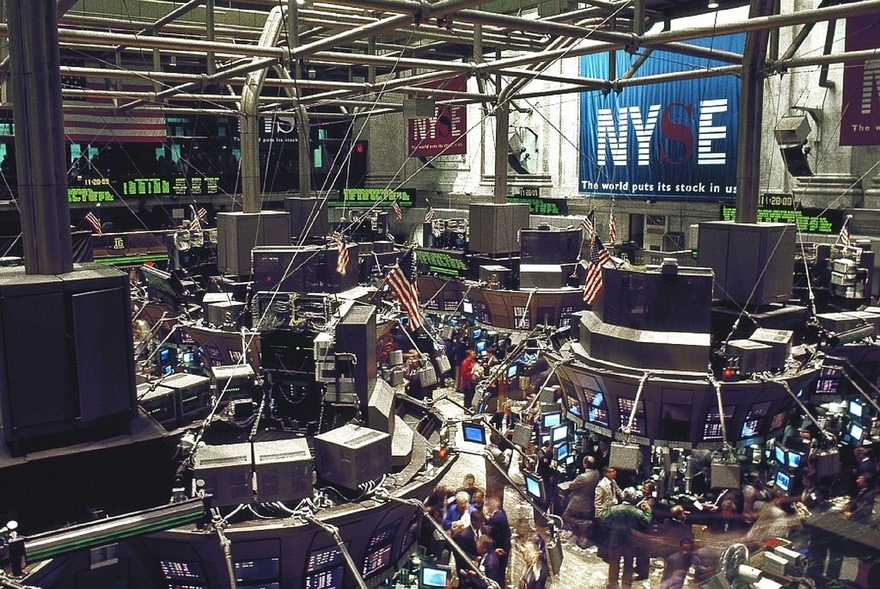The biopharma industry faced plenty of uncertainty in 2017, but for most companies, the year delivered a rebound from stagnation, EP Vantage reports. Some rebounded far more than others—and some went the other direction.
And there was one clear and overwhelming winner: AbbVie, which more than doubled its market value to $154 billion, according to the report. Its megablockbuster immunology med Humira continued to soar as the world’s bestselling drug, which didn’t hurt; the med generated $18.47 billion for the year. But even better, AbbVie inked a patent settlement with Amgen to delay its U.S. biosimilar until 2023, which likely clears Humira for several more years of exclusive—and unprecedented—sales.
The Illinois drugmaker was also among the biggest gainers from U.S. tax reform, disclosing that it’s expecting an “astonishing” 9% tax rate in 2018, as characterized by Leerink analyst Geoffrey Porges. It quickly rewarded shareholders, boosting its dividend and announcing a $10 billion share repurchase program.
Behind AbbVie in Big Pharma’s top share price gainers was AstraZeneca, which initially came up short in a closely watched immuno-oncology trial Mystic. But overall survival data from that trial are expected later this year and investors were confident enough in the company’s direction to bid shares up 27% for the year, EP Vantage reports.
Meanwhile, J&J kept churning as its pharmaceutical engine gained momentum in 2017. Throughout the year, the company’s share prices grew 21%.
The year wasn’t as kind to GlaxoSmithKline, Sanofi and Merck. Those companies lost the biggest share of market value as their share prices slid. Glaxo dropped 15%, compared with a 7% decline for Sanofi and 4% for Merck, EP Vantage calculates.
Glaxo’s struggles gave incoming CEO Emma Walmsley plenty to handle, and over the course of the year she worked to change up management, revamp the company’s pipeline, cut costs and execute on three new launches. The prospect of Advair generics continues to weigh on the company, though, with billions at stake if a copycat manages to win approval this year.
Among the midcap pharma crowd, worth $25 billion or more, CSL, Takeda and Novo Nordisk gained the most value during the year, with their share prices growing 44%, 32% and 31%, respectively. Teva, Allergan and Fresenius fell the most in that group, with declines of 48%, 22% and 13%, the report states.
Teva’s struggles were front and center through much of the year, and Allergan’s shares fell partly because of the company’s Restasis controversy. In September, the company struck a much-criticized licensing deal with the Saint Regis Mohawk Tribe to protect the eye med from generic competition. The strategy didn’t work out, and now Restasis faces the prospect of 2018 generics.
One route out of its downward spiral could be asset sales or a company split—an option CEO Brent Saunders discounted last year, but now says could be on the table.
Despite Allergan’s 2017 share price decline, Saunders totted up a $32.8 million pay package for the year, more than eight times his 2016 compensation. In a proxy filing, the company said he helped deliver revenue growth and launch 15 new products, among other successes through the year.

